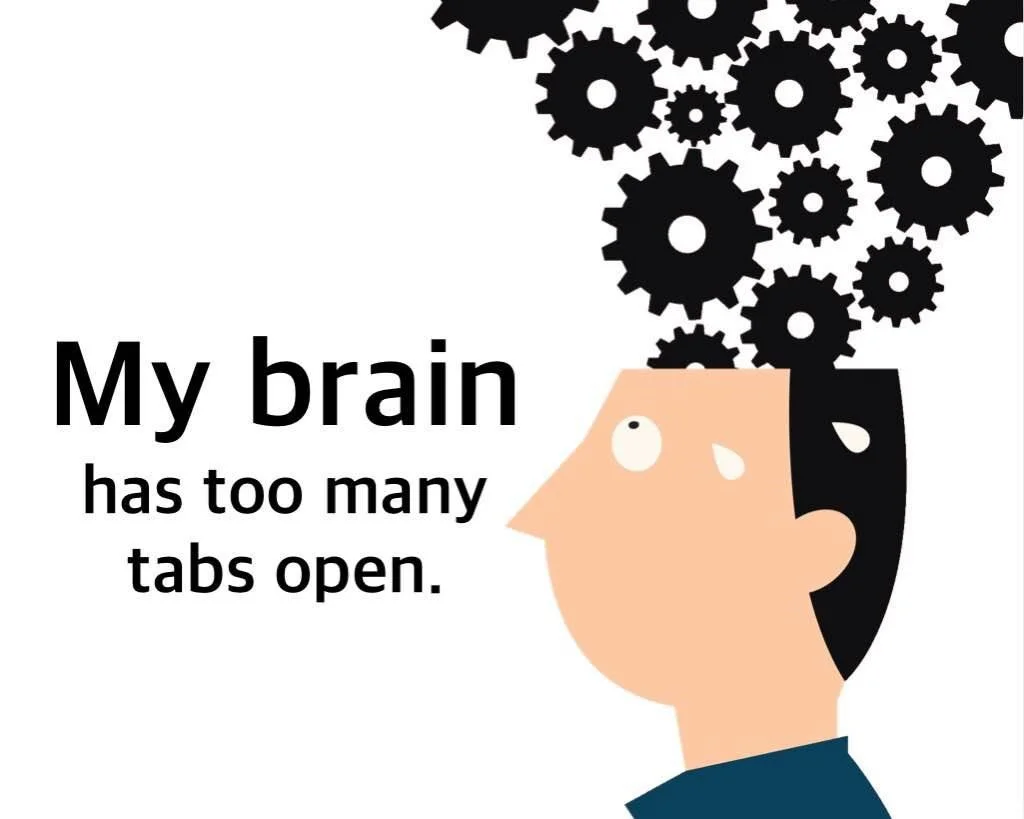Monotasking
A computer can multitask. It can perform multiple tasks simultaneously without increasing the time required to complete them or compromising the results obtained.
Working memory (RAM) limits a computer’s ability to multitask. Fortunately, technological innovation is rapid, and we can buy computers with more and more RAM.
Humans, on the other hand, can not multitask. Or at least not without taking more time to complete the tasks or compromising the results they get. Humans heavily underestimate how often they are distracted and switch tasks, the loss of productivity this leads to, and the error margins while task switching.
Human working memory capacity -how many information items can you hold in your brain at one time before you start forgetting information?- is limited. That is because the human brain needs to direct its attention and focus on the task at hand. Switching that focus between tasks leads to what is called an attention residue.
If you switch from thinking about Task A to Task B, some of your attention is left at Task A. As a result, you cannot utilize your total brain capacity to work on Task B. At some point, you must decide which task is worthy of your full attention and when.
(And if it is not worth your full attention, what are your reasons for continuing to do it this way?)
The opposite of multi-tasking is mono-tasking. Doing one thing at a time.
And the answer to the question of what deserves your full attention and when is your defining characteristic. It is a powerful choice to make and to live by.
Unfortunately, the evolution of the human brain is slow, and our working memory capacity is limited.
